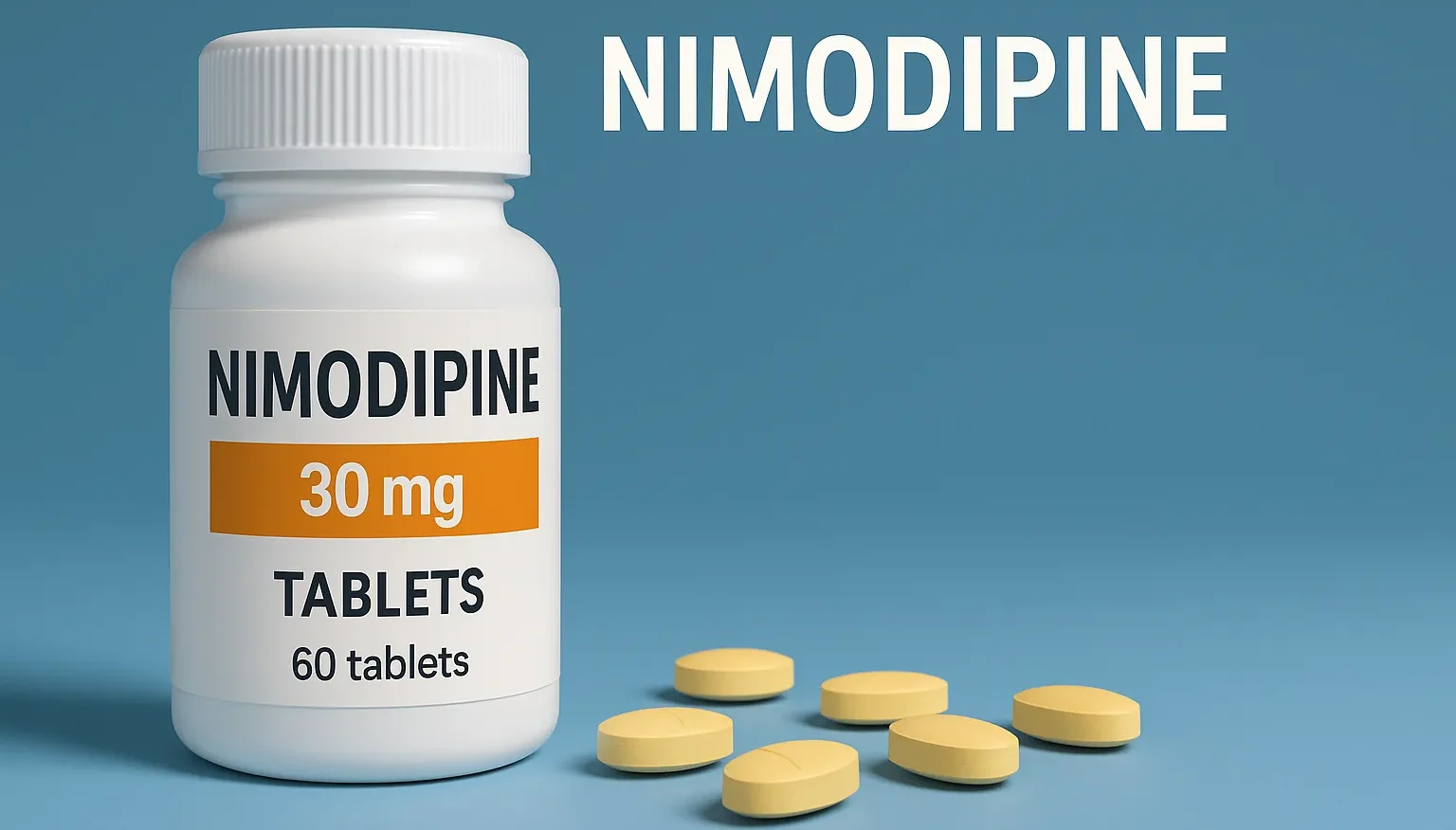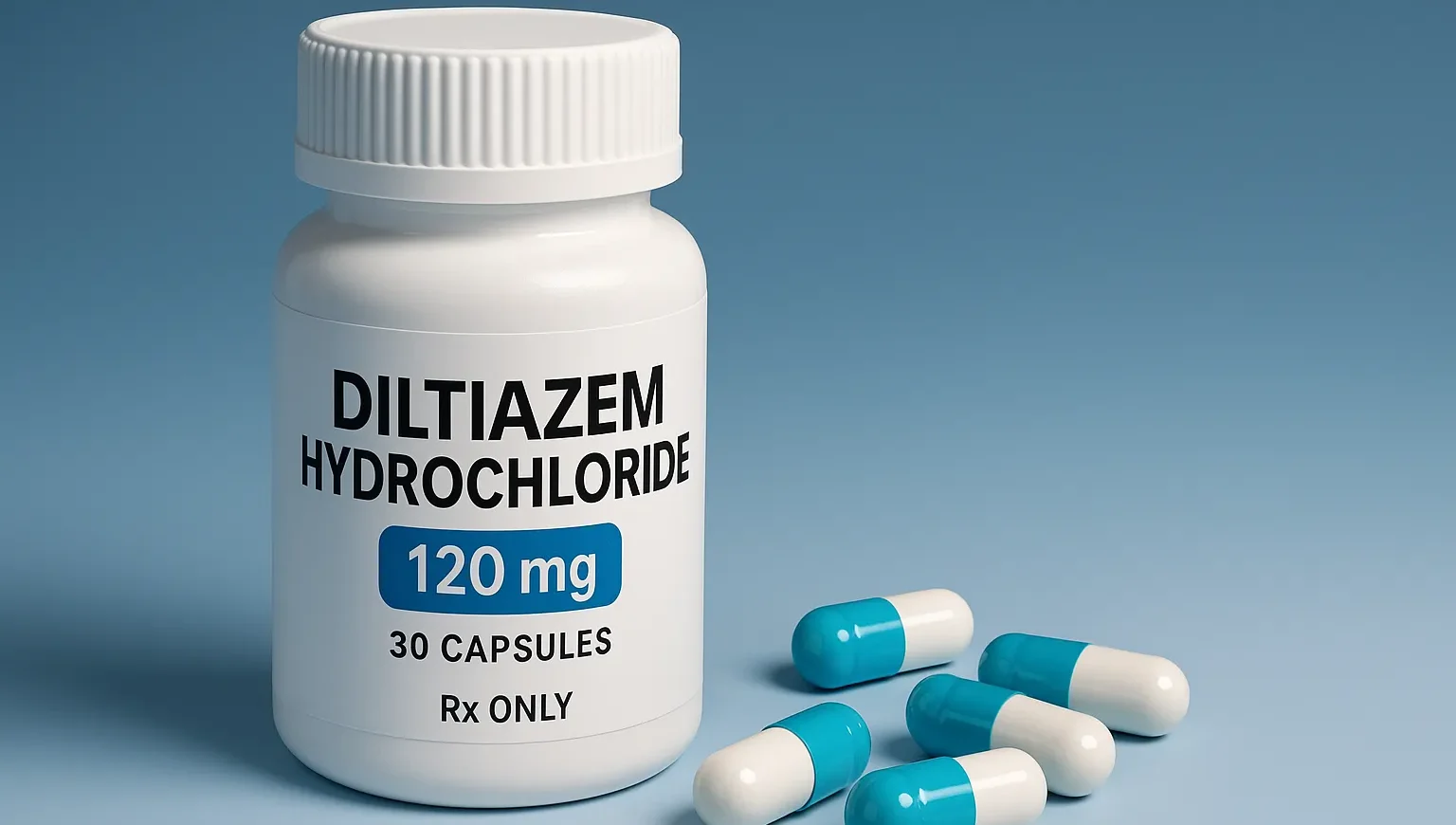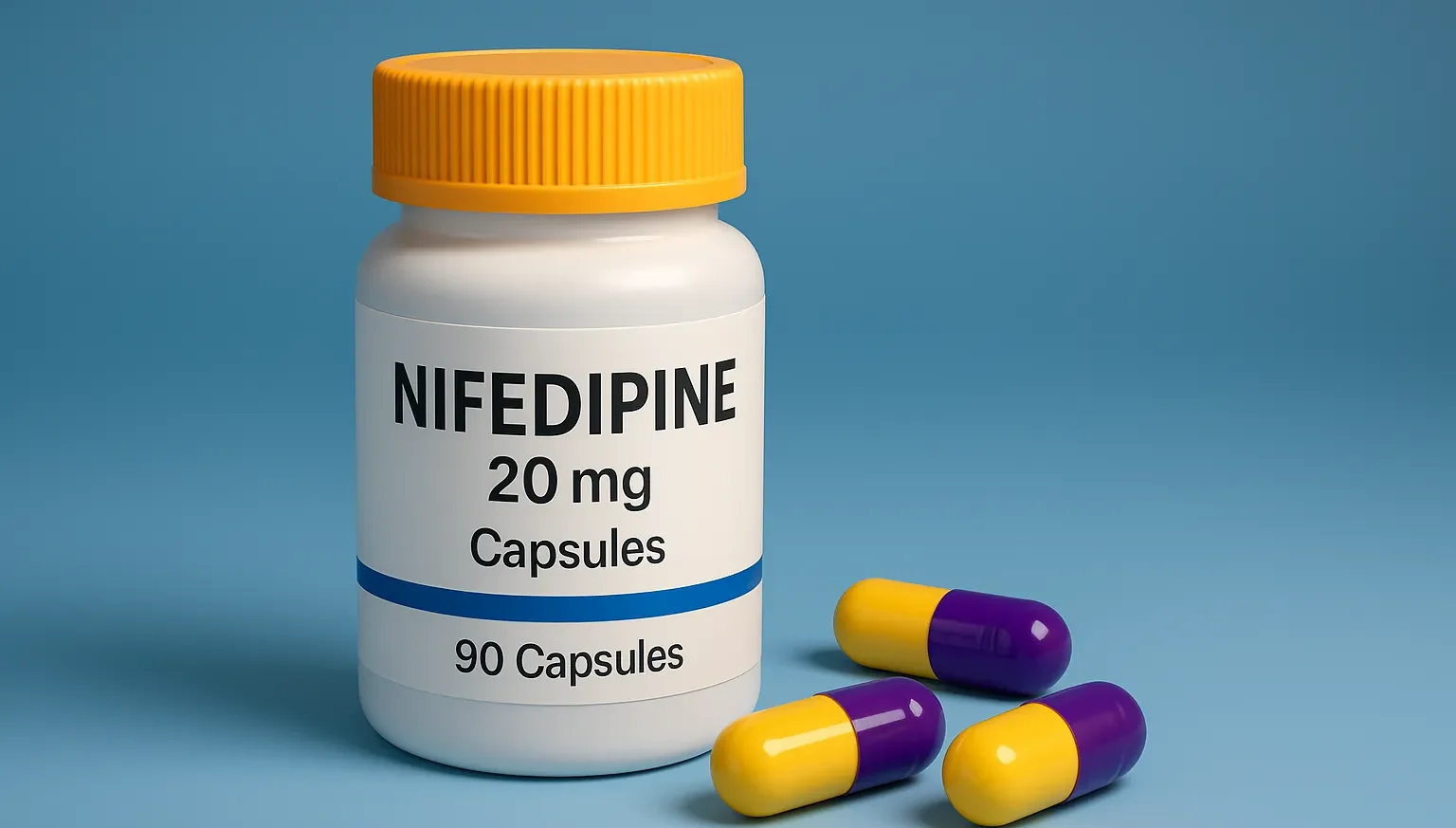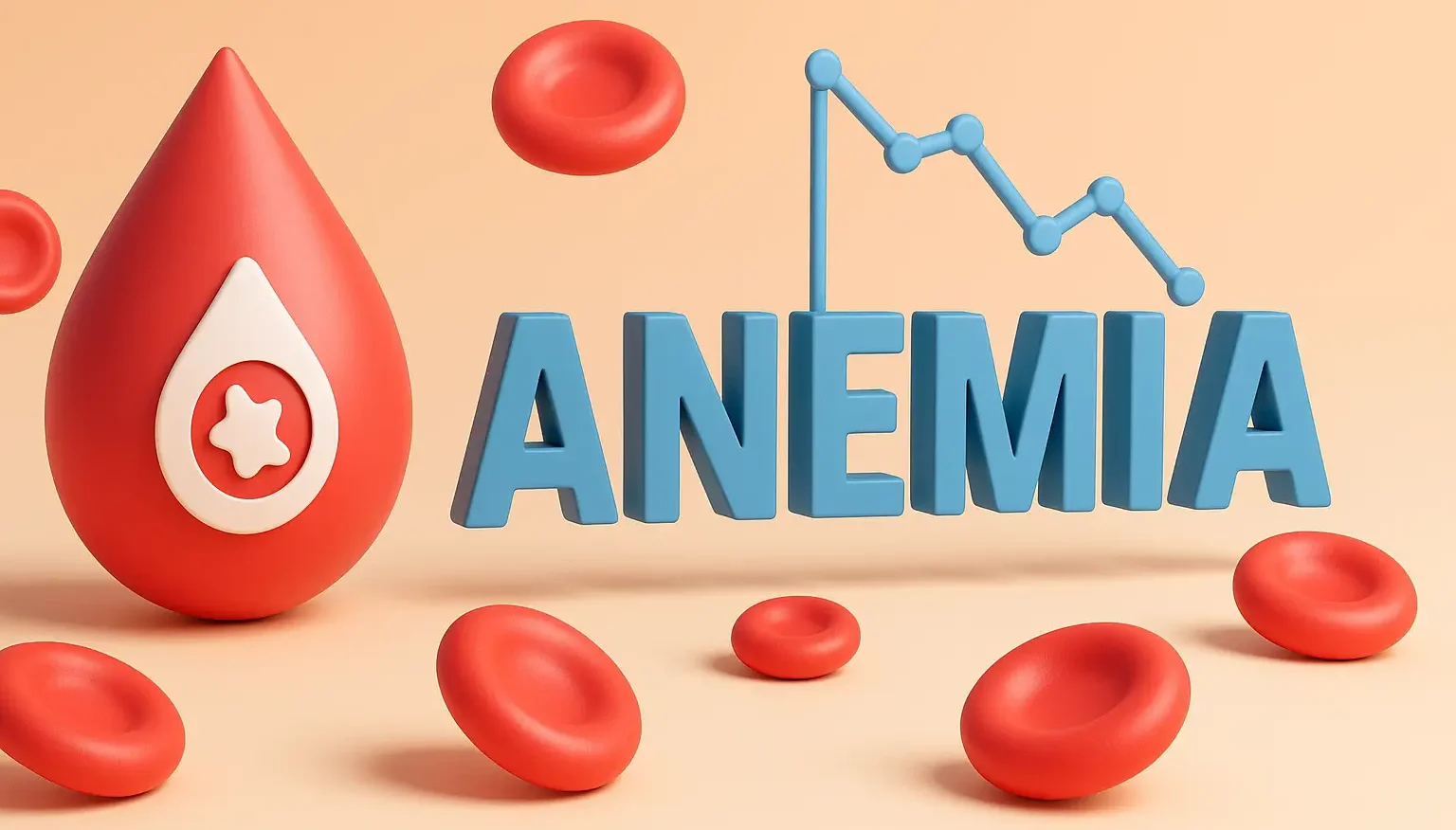Nimodipine
Nimodipine is a calcium channel blocker used to prevent brain damage after subarachnoid hemorrhage by improving cerebral blood flow. Structure of Nimodipine Nimodipine is a dihydropyridine calcium channel blocker with a substituted phenyl ring and a methoxyethyl side chain attached to the dihydropyridine core. Chemical Formula: C₂₄H₃₀N₂O₆ Mode of Action Calcium Channel Blocking: Selectively inhibits … Read more










